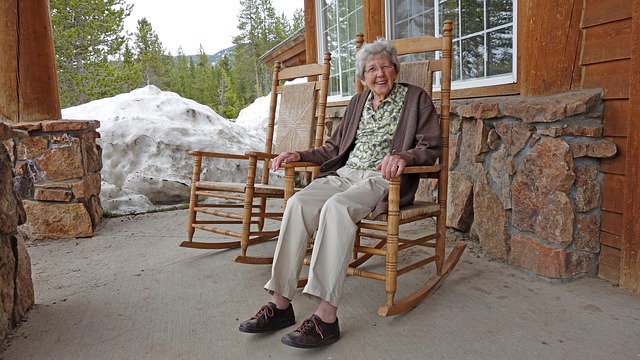There may come time when someone you love ages: a spouse, a parent, a sibling, or a friend, and will face the prospect of changing their current living situation. This could be an elder care at home arrangement or a full time nursing facility, or various options in between. As the primary caregiver, or a member of the care receiver’s team, you are certain to enter a new world. One with new phases, new terminologies, new emotions, and new options.
All the decisions you must make can become overwhelming; however, knowing what to watch for in the form of ADL’s is helpful for determining the best type of elder care for that special person.
Ok, let’s begin that new terminology!
ADL stands for “activities of daily living.” This is what health care professionals assess to determine the type of care that’s best to keep the patient safe and healthy. Sometimes the gaps can be filled with elder care at home, other times a different option is considered.
The most important ADL’s are those that keep up alive. These must be a part of independent living or provided by elder care in some form, and include:
- Ability to feed yourself – getting food into your stomach
- Ability to maintain an acceptable level of personal hygiene
- Ability to use the bathroom appropriately
- Ability to recognize and dress appropriately for the weather conditions
There are more complex ADL’s that must also be considered.
In a healthy person, the ability to perform these daily tasks is easily taken for granted; however, an elderly person may find them more difficult for various reasons. Help with elder care at home may be desired. These include:
- Shopping for pleasure or necessary items
- Cooking meals properly
- Keeping clothing tidy and clean
- Knowing how familiar objects are used, like how to set a thermostat or use a key
- Effective communication with others instead of rambling conversations
- Taking medications as directed: no skipped dosages or doubling up when they remember that they forgot to take their meds
- Managing financial affairs including banking and paying bills
- Following directions
- Caring for a household pet
Typically, you will notice small changes in the care receivers complex ADL’s first. Bills may go unpaid, food may be undercooked or overcooked, or the cat’s litter box may be full and in need of changing. If you notice changes that are not typical for the person, start to pay attention as this could be a sign of functional decline and elder care at home in some form may become necessary.
The goal with elder care at home is to make the familiar environment as safe as possible for the care receiver. The elderly person doesn’t want to lose control, lose independence, or admit they need help in most cases. As the current or future care giver or member of the team, the sooner you recognize (and accept that recognition) any functional decline in your loved one, the more time you have to assess the situation, watch for additional changes, provide the necessary support at each stage of the aging process, and start planning out the “what if’s” of long term elder care






